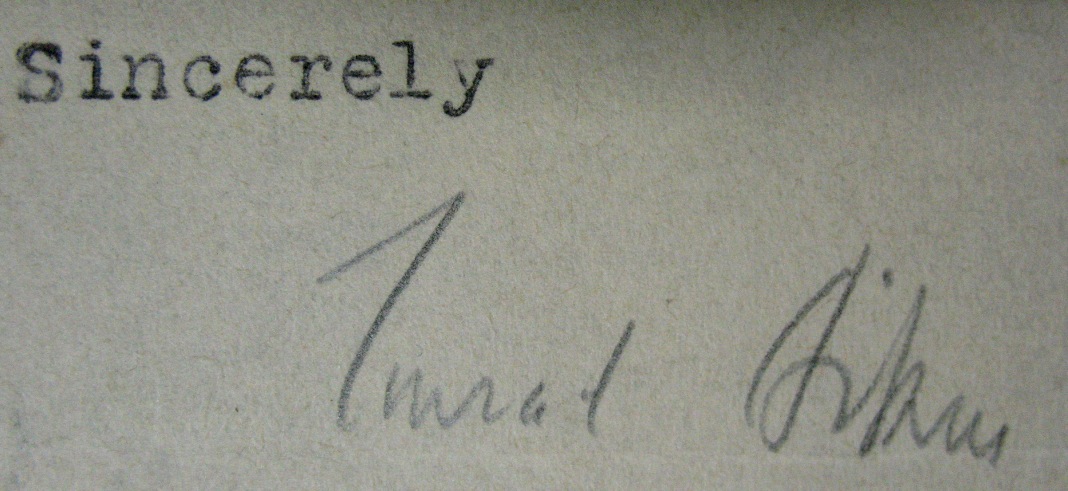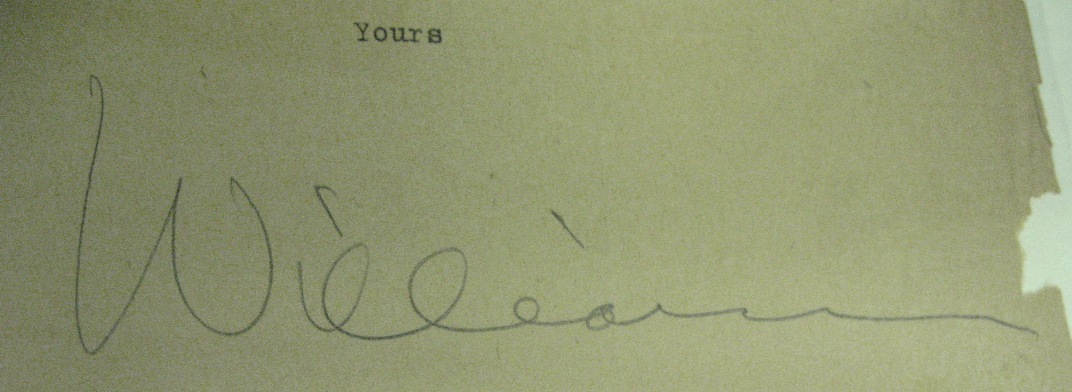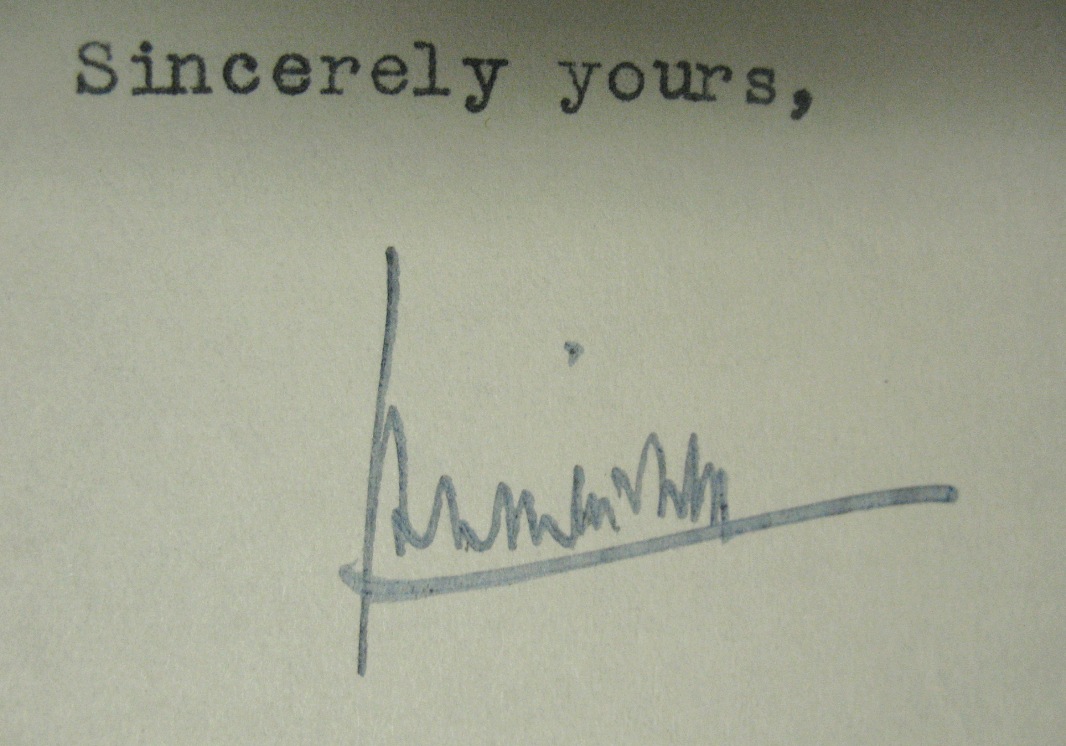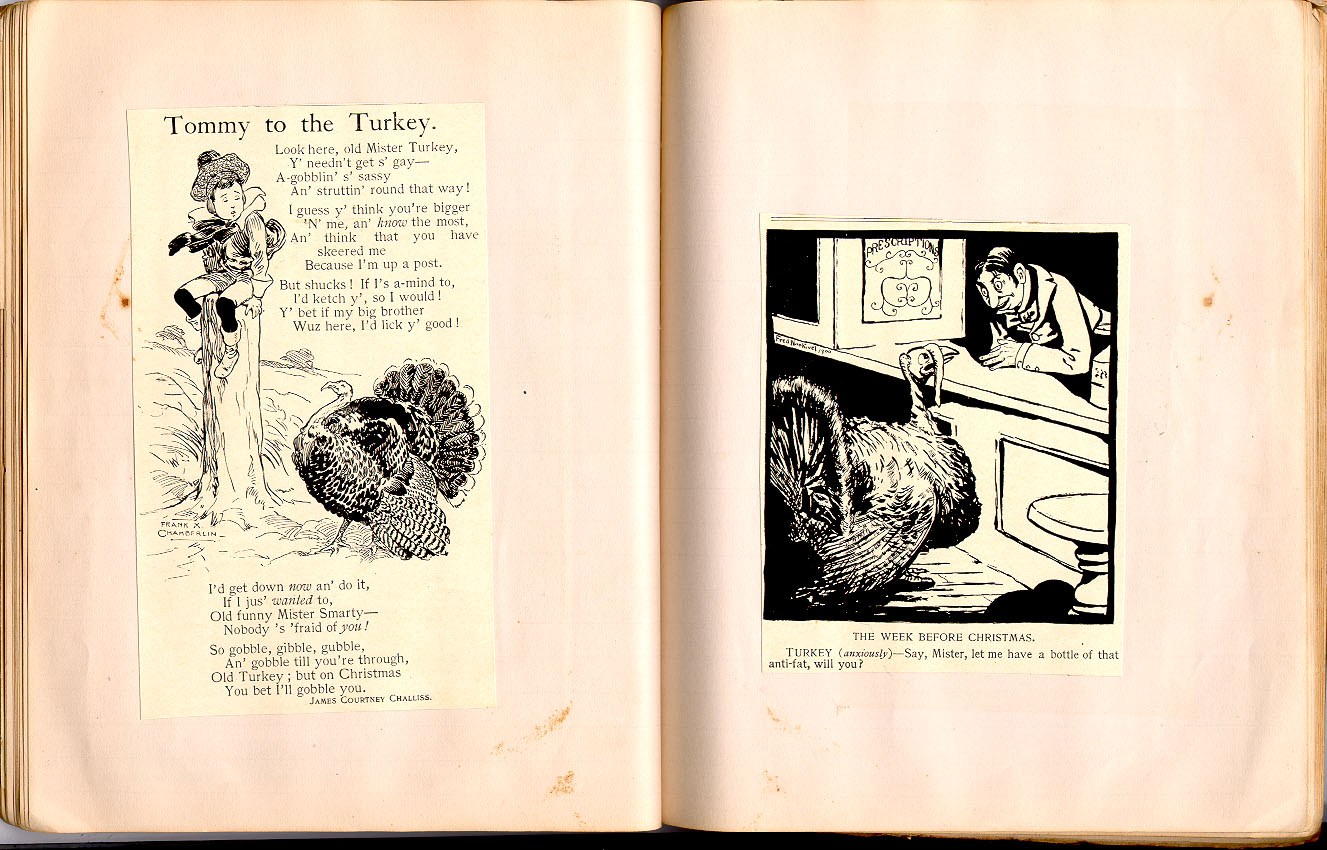Following yesterday’s festivities in Washington, D. C., we felt it might be nice to share with you a piece of presidential inaugurations past. Shown below is a ticket to the 1937 inauguration of President Franklin D. Roosevelt, his second inauguration, and the accompanying invitation to meet with Franklin and Eleanor Roosevelt.
From the Frank A. Daniels Papers (SHC Collection #4481, finding aid):









